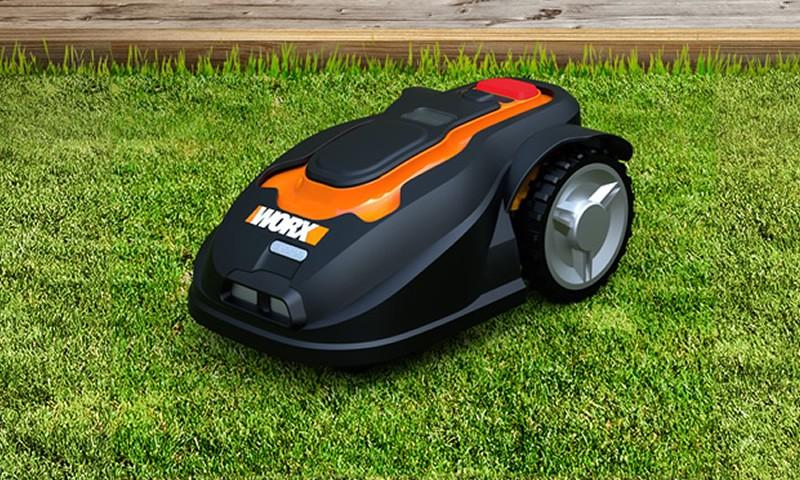We should say, whenever you set the WorX WG794E Landroid off, it’s a speedy, great-looking device that seems rather like a mini tank. This could be the most inexpensive robotic lawnmowers in this test, and the create shows somewhat – the black matte plastic feels a bit too lightweight for our taste. In reality, the docking port at the front cracked a little during our two-week mowathon (although it didn’t affect performance whatsoever). Having said that, there are some very nice features on this ‘value’ robot. The best is a rain sensor, which stops the Landroid from operating when it’s wet, the equipment only beginning to cut again if the weather is better. This is, of course, an element of other models in this test, but they cost a whole lot more. It is also got sensors regarding the top of the device, enabling it to avoid obstacles (so you don’t have to clear your yard). It did, however, push a football around our test lawn, to much hilarity. Like all the other machines here, the Landroid will go back to its base once the battery pack is running low. We couldn’t understand just why it ended up being going back to its base so often, though – it could zip home once the battery was at 50 per cent.
That said, when it went out, it did a fantastic job of tackling a number of the longer grass in our garden. So when it is completed, it’s going to return house making use of the border wire as helpful information. There’s a problem with this particular approach, though – over time, you could see tracks appearing where the lawnmowers finds the boundary wire and then follows it. The WorX WG794E Landroid can deal with slopes on a 20-degree gradient. ours got a little stuck while cutting on an incline (and had been wheelspinning a bit), before we gave it a very gentle kick and it carried on. When you have slim areas in your lawn, though, the Landroid’s compact size and speed make it well worth considering. It’ll also break up to 1,000 sq m about the same fee. A good-value robotic mower.
